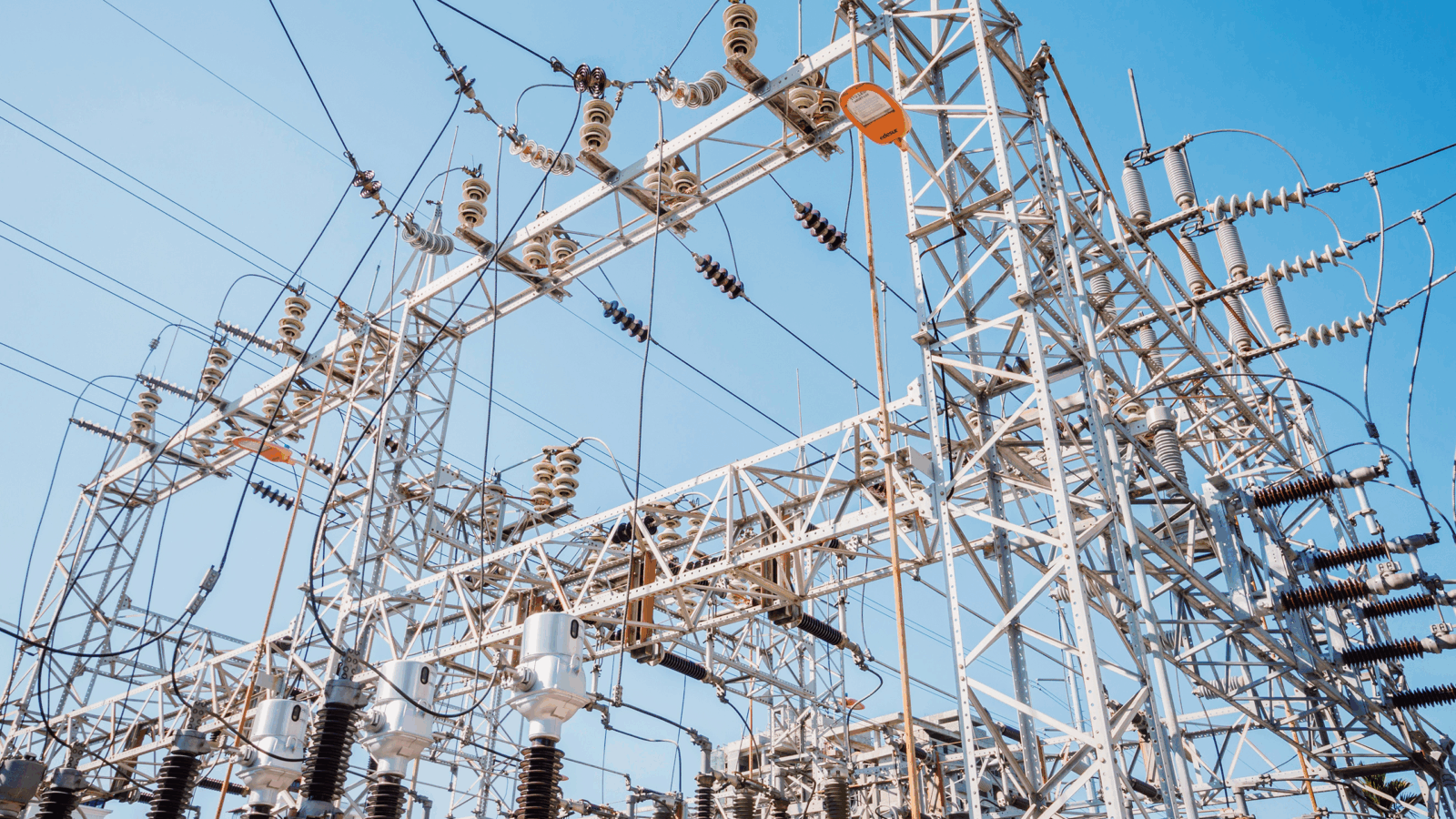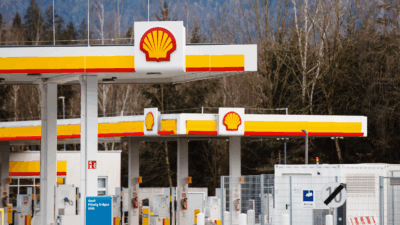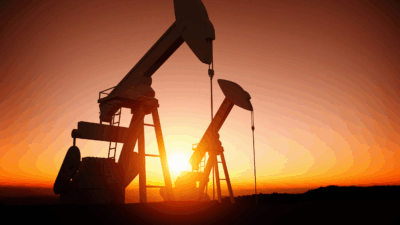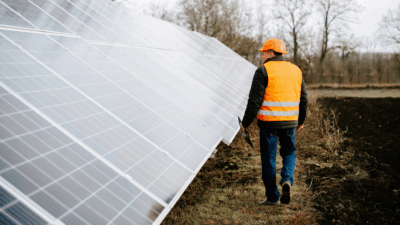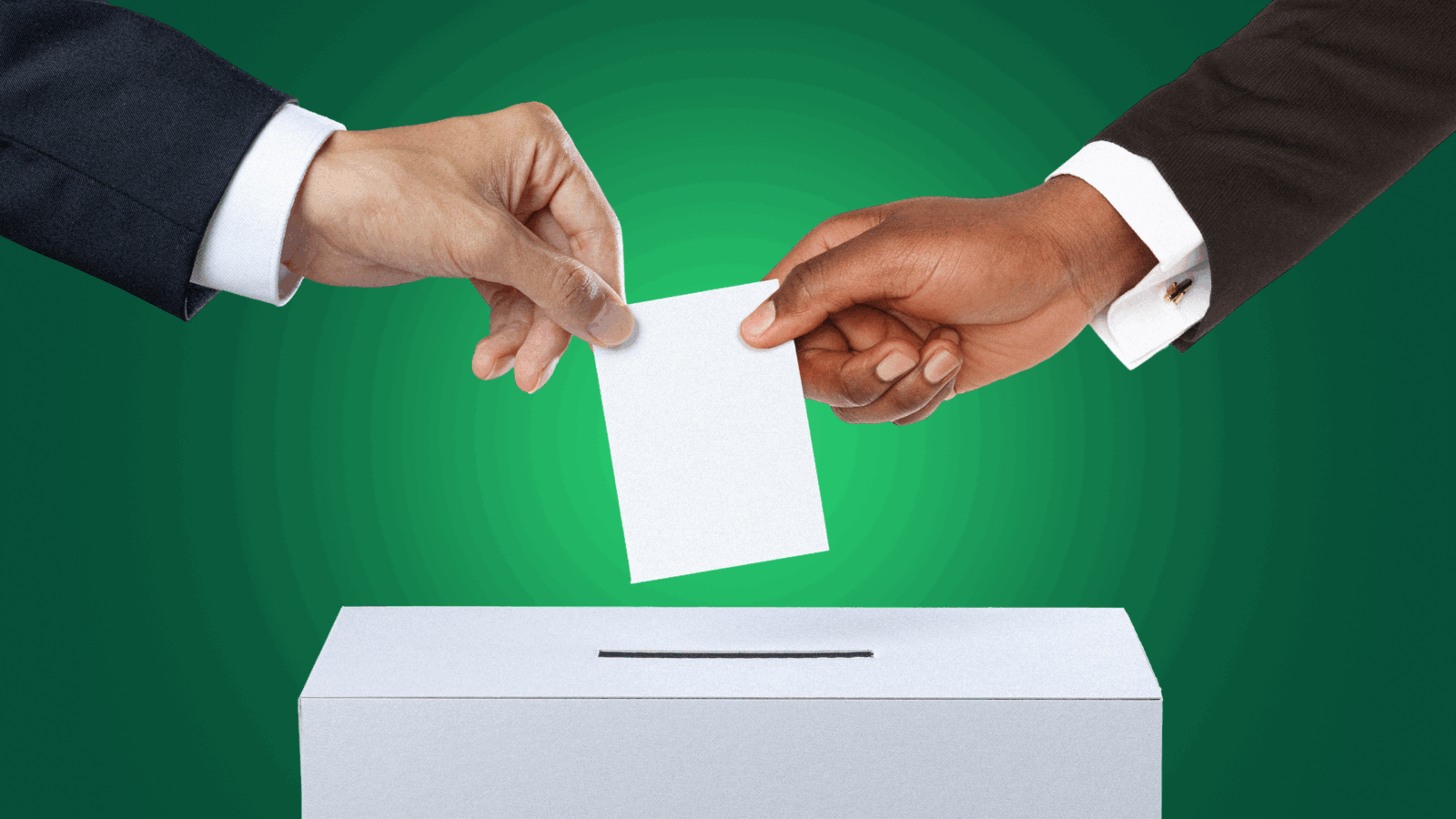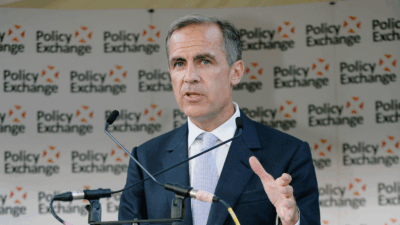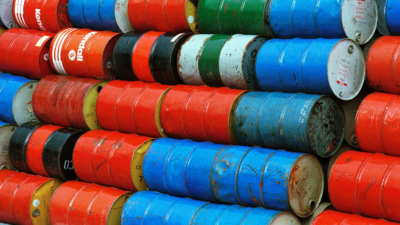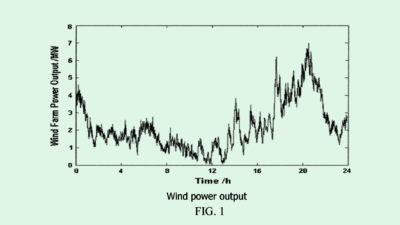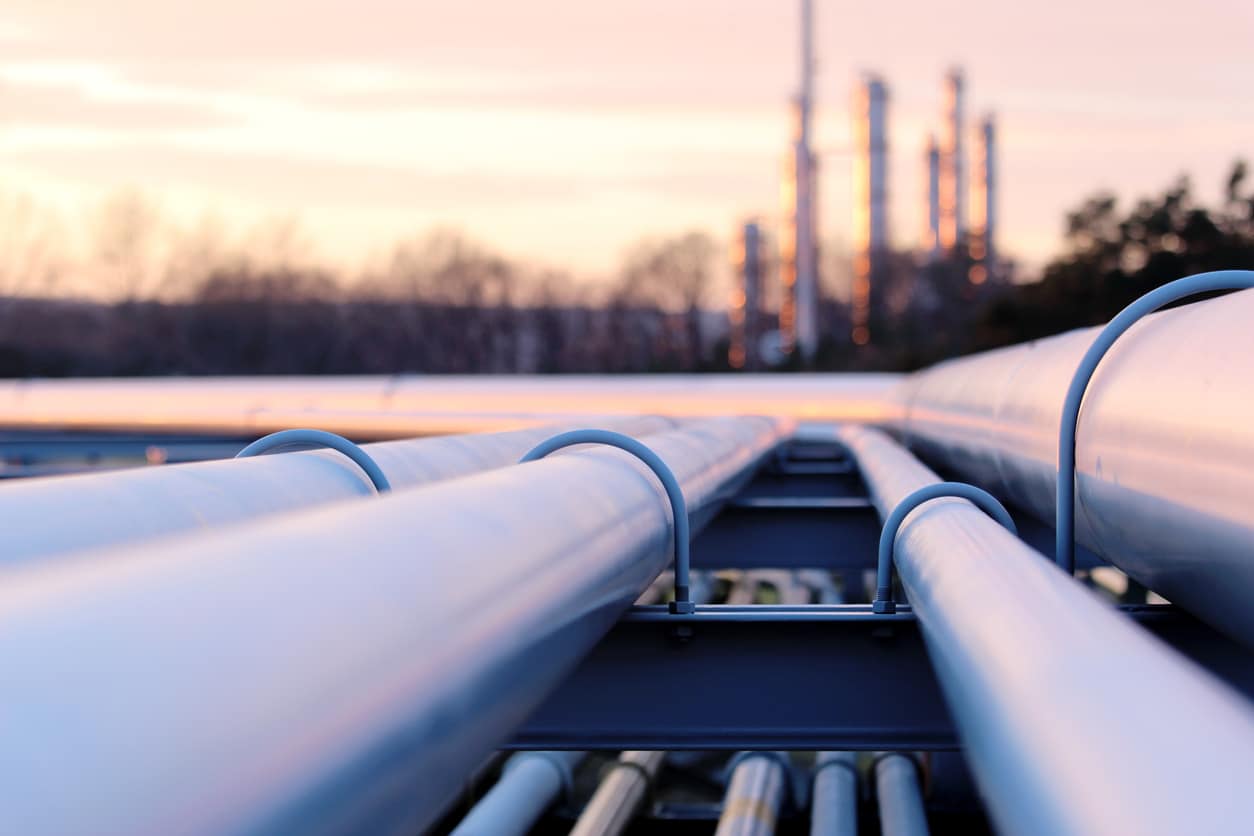
Sign up for smart news, insights, and analysis on the biggest financial stories of the day.
The biggest earworm of 2014 was Pharrell’s infectious “Happy,” and while yesterday harkened back to those perkier times, it was more reminiscent of B.B. King’s “Inflation Blues.”
Oil prices hit a more than seven-year high Tuesday as international benchmark Brent rose 2% to $88.13 a barrel, the highest since it reached $115 in October 2014. Investors placed bets that demand for crude could soon outstrip supply, putting more fuel in the tank of global inflation.
Houston, We Have a Supply Problem
America has spent the last few months calling on Opec, the organization that represents the world’s biggest oil producers, to boost their production faster in order to help rising consumer prices. Last month, US inflation rose 7% year over year, the most since 1982 — demand for oil was also stronger than expected, despite the Omicron Covid-19 variant. In other words, the message is “we need more oil before life (and oil) gets more expensive.”
But Opec and its allies, which includes Russia, have opted to stick to a plan they hammered out last July to gradually replace major production cuts made when oil demand fell off a cliff at the start of the pandemic. By increasing production by just 400,000 barrels a day, the group has been able to steer oil prices higher. The problem now is that not all of Opec’s members are hitting their monthly targets, creating a risk of supply constraints:
- According to Goldman Sachs estimates, oil inventories in the OECD countries — which includes the US, UK, Japan, and Europe’s major economies — will reach the lowest levels since 2000 by June, driving Brent prices as high as $96 a barrel this year and $105 a barrel in 2023.
- Opec members will have “historically low levels” of spare capacity, or around 1.2 million barrels a day by summer, according to Goldman.
Meeting the Target: Target CEO Brian Cornell warned on Monday that more energy inflation will lead people to “drive fewer miles” and shop at fewer places. He may be right: retail spending already fell 1.9% last month, far more than economists anticipated.
